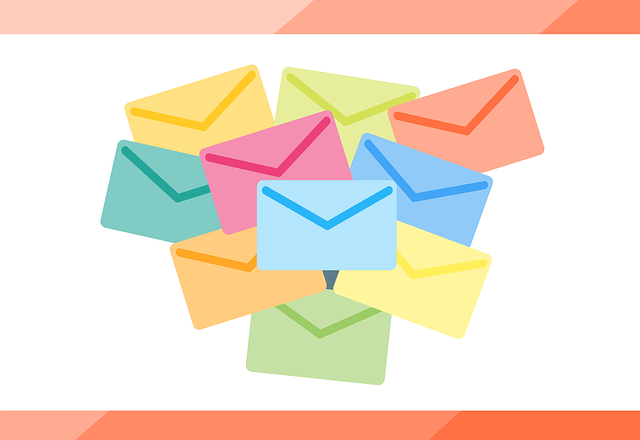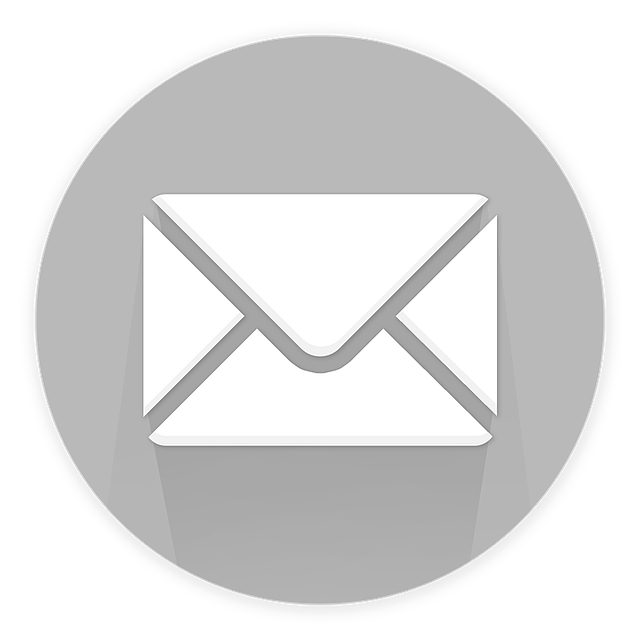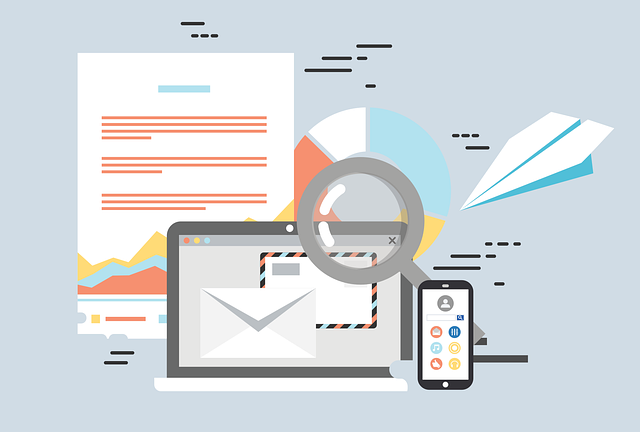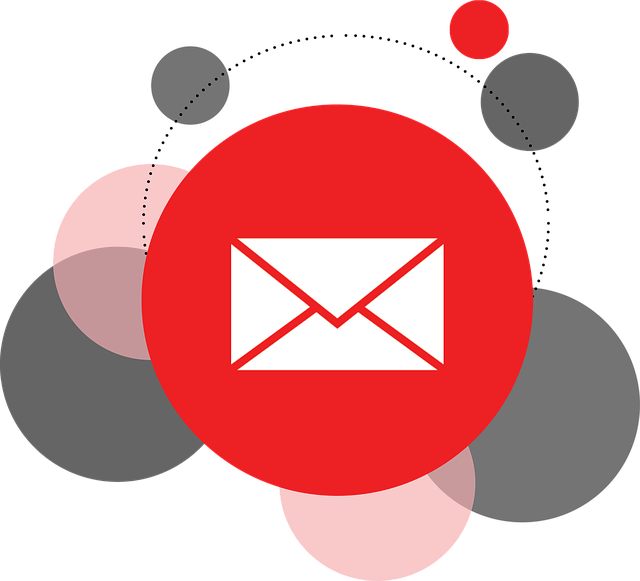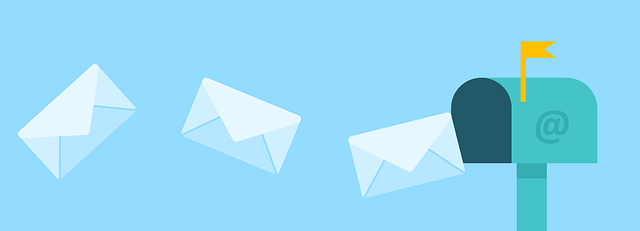If you want to make your startup stand out in a crowded market, targeted marketing is key. And one of the most effective ways to reach your audience is through email. But sending out mass emails to your entire subscriber list won’t cut it. To truly capture your customers’ attention and drive conversions, you need to segment your email list.
Here’s the truth: not all customers are the same, and they shouldn’t be treated as such. By segmenting your email list, you can tailor your marketing messages to specific groups of customers based on their interests, preferences, and behaviors. This allows you to deliver more relevant content and offers, increasing the likelihood of engagement and conversions.
So, how do you go about segmenting your email list? Let’s dive in and discover the steps you need to take to effectively segment your email list for targeted marketing as a startup.
Key Takeaways
- Segmenting your email list allows for more relevant content and offers, increasing the effectiveness of your targeted marketing as a startup.
- Understanding your audience’s demographics and preferences is crucial for effective segmentation, as it helps you tailor your messaging and offers to specific groups.
- Email marketing software is essential for implementing your email segmentation strategy, allowing you to automate the process and personalize your emails based on individual subscriber data.
- Continuous monitoring, testing, and refinement of your segmentation strategies are crucial for optimizing your results and improving your targeted marketing efforts as a startup.
Understand Your Audience
Before you dive into segmenting your email list, it’s crucial to understand who your audience is and what they’re looking for.
To effectively segment your email list for targeted marketing as a startup, you need to identify the demographics of your audience. This includes factors such as age, gender, location, and interests. Conduct surveys to gather valuable information about your subscribers’ preferences, buying habits, and pain points. This will help you create segments based on their specific needs and interests.
Once you have a clear understanding of your audience, you can determine the segmentation criteria that will be most relevant to your marketing goals. For example, you can segment your list based on purchase history, engagement levels, or specific product interests.
By understanding your audience and using segmentation criteria, you’ll be able to send targeted and personalized emails that resonate with your subscribers.
Determine Segmentation Criteria
To effectively group your subscribers, think about what factors can help you understand their preferences and interests. By considering customer preferences and demographic data, you can determine segmentation criteria that will allow you to target your marketing messages more effectively.
Here are some criteria to consider:
- Geographic location: Tailor your emails to specific regions or cities to make them more relevant to your subscribers.
- Purchase history: Segment your list based on the products or services your subscribers have purchased in the past, allowing you to send targeted offers and recommendations.
- Engagement level: Divide your subscribers based on their level of interaction with your emails, ensuring that you send more personalized messages to those who are more engaged.
By using these segmentation criteria, you can ensure that your email marketing efforts are more targeted and effective. In the next section, we will discuss the importance of using email marketing software to manage your segmented lists.
Use Email Marketing Software
Maximize the potential of your email campaigns by harnessing the power of email marketing software – it’s like having a secret weapon in your arsenal that can skyrocket your business to new heights.
Email marketing software provides you with the tools you need to effectively implement your email segmentation strategy. With the ability to create different segments based on various criteria such as demographics, purchase history, or engagement levels, you can send targeted messages to specific groups of subscribers. This not only increases the relevance of your emails but also boosts open rates, click-through rates, and conversions.
When using email marketing software, it’s important to follow best practices for email marketing, such as personalizing your emails, crafting compelling subject lines, and testing different elements to optimize performance. By utilizing email marketing software, you can create targeted email campaigns that resonate with your audience and drive results.
Ready to take your email marketing to the next level? Let’s dive into how to create targeted email campaigns.
Create Targeted Email Campaigns
To create targeted email campaigns, you need to tailor the content to different segments of your email list. By understanding your audience’s interests and preferences, you can provide them with relevant and valuable information.
Additionally, personalizing subject lines and email copy can help grab your subscribers’ attention and increase open rates.
Finally, using dynamic content allows you to dynamically change the content of your email based on individual subscriber data, making your emails even more personalized and engaging.
Tailor Content to Segments
When creating your email marketing strategy, remember that tailoring content to specific segments of your email list is key to engaging your audience and increasing conversions. Content customization allows you to deliver targeted messaging that resonates with each segment, making your emails more relevant and compelling.
By understanding the unique needs, preferences, and behaviors of different segments, you can create personalized content that speaks directly to their interests.
To effectively tailor content to segments, consider the following:
- Segment your email list based on demographics, behavior, or purchase history.
- Analyze each segment’s preferences and interests to understand what type of content they are most likely to engage with.
By personalizing your subject lines and email copy based on these insights, you can further enhance the effectiveness of your email marketing campaigns. This will help you capture your audience’s attention and encourage them to take the desired action.
Transitioning into the subsequent section about personalizing subject lines and email copy, remember to optimize these elements to maximize engagement and conversions.
Personalize Subject Lines and Email Copy
Get ready to make your emails stand out by personalizing subject lines and email copy to connect with your audience on a deeper level. Personalization is one of the most effective email marketing strategies that can greatly enhance your engagement rates and conversion rates.
By addressing your subscribers by their names in the subject line or using personalized content based on their preferences and behavior, you show that you value and understand them individually. This not only grabs their attention but also creates a sense of exclusivity and relevance.
When crafting your email copy, make sure it resonates with the specific segment you’re targeting. Use language and tone that align with their interests and needs. By doing so, you’ll establish a stronger connection and increase the chances of driving action.
Now, let’s explore how to use dynamic content to further personalize your emails.
Use Dynamic Content
Maximize the impact of your emails by using dynamic content that adapts to each individual subscriber, allowing you to speak directly to their unique needs and interests, like a tailor-made suit for your email campaigns.
By incorporating dynamic content, you can increase engagement and improve conversions. With this approach, you can create personalized experiences for your subscribers, showing them content that is relevant and valuable to them.
Whether it’s showcasing products they’ve previously shown interest in or tailoring recommendations based on their browsing history, dynamic content allows you to deliver targeted messages that resonate with your audience.
However, to truly optimize your email marketing strategy, it’s important to continually test and refine your segmentation efforts. By analyzing the results and making data-driven adjustments, you can ensure your emails are always hitting the mark.
Test and Refine
To effectively segment your email list for targeted marketing as a startup, it’s crucial to continuously test and refine your strategies. A/B testing is a powerful tool that allows you to compare different variations of your emails and identify what resonates best with your audience.
By testing different subject lines, content, and calls to action, you can optimize your emails for maximum customer engagement. Pay attention to open rates, click-through rates, and conversion rates to gauge the effectiveness of your campaigns. Analyze the data and make data-driven decisions to refine your email marketing approach.
Once you have tested and refined your strategies, you can monitor the results and adapt accordingly to ensure continuous improvement. This will help you build a stronger relationship with your audience and drive better results.
Monitor Results and Adapt
Now that you’ve tested and refined your email segmentation strategies, it’s time to monitor the results and adapt accordingly.
Tracking the performance of your segmented email campaigns is crucial for understanding what’s working and what needs improvement. By analyzing metrics such as open rates, click-through rates, and conversion rates, you can gain valuable insights into the effectiveness of your targeting efforts. Use this data to identify patterns and trends, and adjust your segmentation strategies accordingly.
Maybe you’ll find that one segment is responding better than others, or perhaps you need to tweak your messaging for a specific group. The key is to be flexible and willing to make changes based on the data.
Remember, successful targeted marketing as a startup relies on constantly monitoring and adjusting your strategies to optimize results.
Frequently Asked Questions
How can I ensure that my email list is up-to-date and accurate?
To ensure your email list is up-to-date and accurate, prioritize regular email list maintenance.
Did you know that 30% of email addresses become outdated each year? By regularly verifying and updating your contacts, you can minimize bounce rates and maintain a high deliverability rate.
Use email validation tools to check for invalid or inactive addresses, and encourage subscribers to update their information through email campaigns.
Keep your data accurate to maximize the effectiveness of your targeted marketing efforts.
Are there any legal considerations I should be aware of when segmenting my email list?
When segmenting your email list, it’s crucial to consider legal considerations such as data protection and privacy regulations. These regulations vary by country and region, so it’s essential to familiarize yourself with the laws applicable to your business.
Ensure that you’ve obtained proper consent from your subscribers and provide them with the option to opt-out or unsubscribe easily. By adhering to these regulations, you can build trust with your audience and avoid potential legal issues.
What are some effective ways to personalize email content for different segments?
To effectively personalize email content for different segments, consider using personalization techniques and segmentation strategies. According to a study, personalized emails have been found to deliver 6x higher transaction rates.
Start by analyzing your audience data to identify common characteristics and interests. Then, tailor your content, subject lines, and offers to match each segment’s preferences.
Use dynamic content and automation tools to streamline the process and ensure timely delivery. By personalizing your emails, you can increase engagement and drive better results.
How often should I send targeted email campaigns to my segmented lists?
To maximize email engagement, it’s crucial to find the right balance in email frequency. Sending targeted email campaigns to your segmented lists too frequently can overwhelm your subscribers and lead to unsubscribes.
On the other hand, sending them too infrequently may result in diminished interest and low engagement. It’s recommended to test different frequencies and analyze the response rates to determine the optimal email frequency for your audience.
This approach ensures that you maintain their interest while avoiding email fatigue.
What key metrics should I be monitoring to measure the success of my segmented email campaigns?
To measure the success of your segmented email campaigns, you need to track key metrics that indicate email campaign performance.
One important metric to monitor is the click-through rate (CTR), which measures the number of recipients who clicked on a link in your email. A high CTR indicates that your email content and targeting are resonating with your audience.
Additionally, tracking conversion rate, open rate, and unsubscribe rate can provide valuable insights into the effectiveness of your segmented email campaigns.
Conclusion
So there you have it! By segmenting your email list for targeted marketing as a startup, you can effectively engage your audience and drive better results.
Remember to understand your audience, determine segmentation criteria, utilize email marketing software, create targeted campaigns, and continuously test and refine your strategies.
With careful monitoring and adaptation, you can investigate the truth of your theories and successfully engage your audience for maximum impact.
Don’t wait any longer – start segmenting and see the difference it makes in your startup’s marketing efforts!



